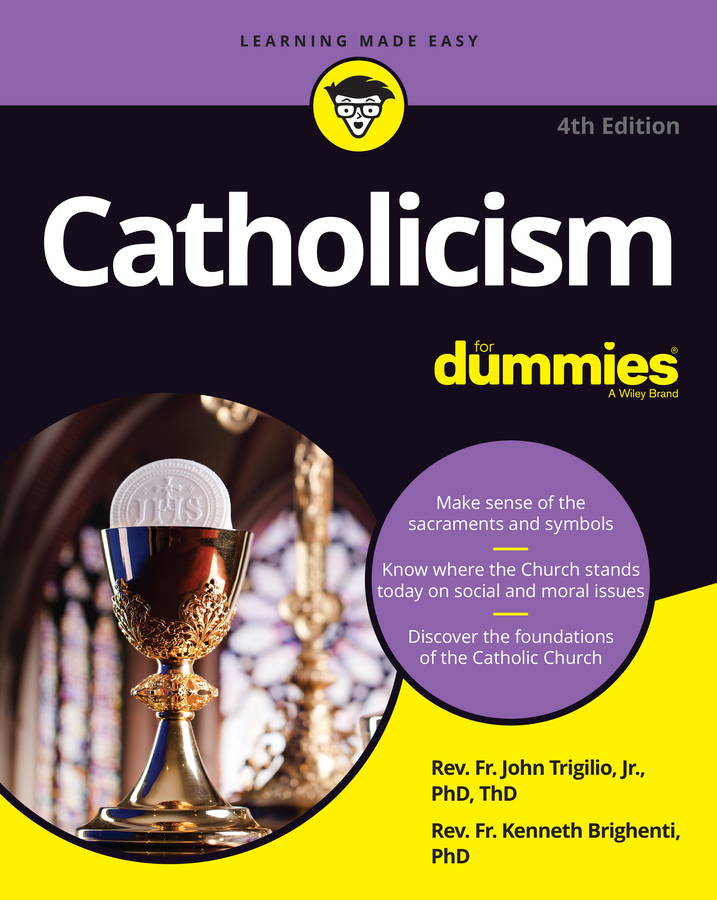The Catechism of the Catholic Church says, “the traditional teaching of the Church does not exclude recourse to the death penalty, if this is the only possible way of effectively defending human lives against the unjust aggressor” (2267). This assumes that the truly guilty party’s identity and culpability have been firmly established. But the death penalty is not an absolute right of the state.
If the innocent can never be intentionally killed, then what about the guilty? The Catechism and the pope, quoting St. Thomas Aquinas, affirm that legitimate defense is not only a right but may even be a duty for someone responsible for another’s life. Sadly, sometimes the only way to render an unjust aggressor incapable of causing harm may involve the use of deadly force, such as a policeman in the line of duty may use or a soldier in time of war would do. But the very significant restriction, according to the Catechism, is “if nonlethal means are sufficient to defend and protect people’s safety from the aggressor, authority will limit itself to such means.”
So the Catholic Church holds that the state possesses the right to impose the death penalty, but that there is no unlimited or unrestricted use of that right. According to the Catechism, because the state can effectively prevent crime by stopping the perpetrator without the use of deadly force, “the cases in which the execution of the offender is an absolute necessity are very rare, if not practically non-existent.” This severe restriction on the application of the death penalty is rooted in the fact that punishment isn’t meant to be revenge but the restoration of justice, deterrence, and possible rehabilitation. Conversion of the criminal is an aspect not often brought into the public debate on the death penalty.

